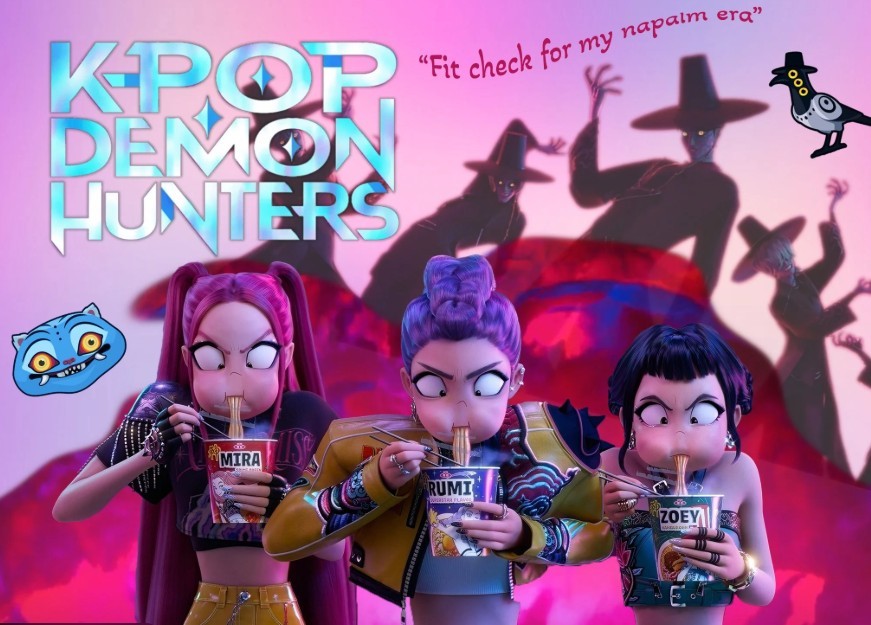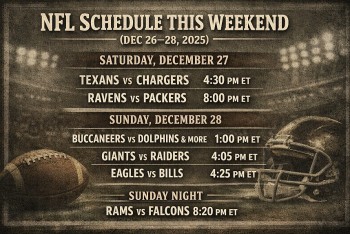Top 10 American Traditions At Risk of Vanishing In Today’s Society
| Table of Contents |
Certain customs that were deeply embedded in American culture are becoming less remembered. These customs, once indisputable, are now in danger of completely vanishing. Change is creeping throughout the American landscape, from cherished holiday customs to longstanding university endeavors.
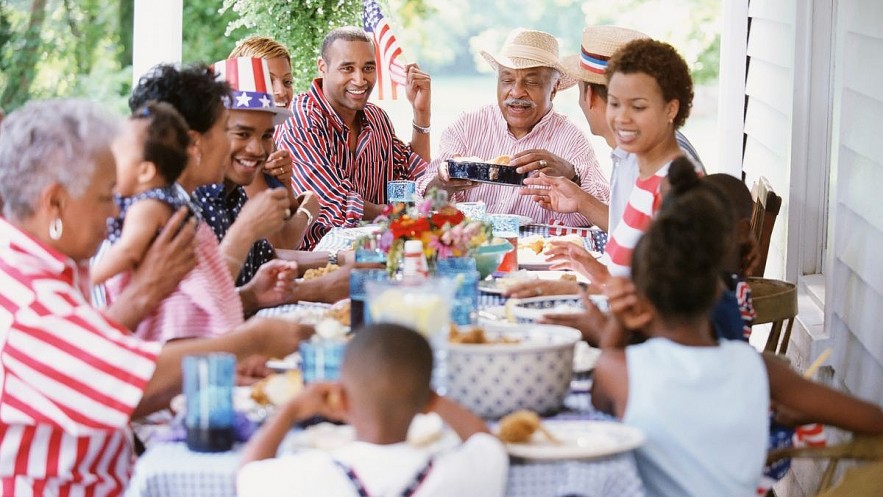 |
| Top 10 American Traditions At Risk of Vanishing In Today’s Society |
Top 10 American Traditions At Risk of Vanishing In Today’s Society
1. Sunday Drives
It was almost every Sunday in the past. Even taking a leisurely stroll down a country road or taking a drive through a national park can be an enjoyable experience. Your car might be visible with a heavy layer of dust and perhaps mud on a weekly basis.
| Sunday Potlucks Sunday potlucks brought people together over shared meals and stories, and were once the focal point of American communities. These days, the beloved custom of sitting down to a meal together has been eclipsed by the convenience of fast food and takeout. |
2. Drive-In Theaters
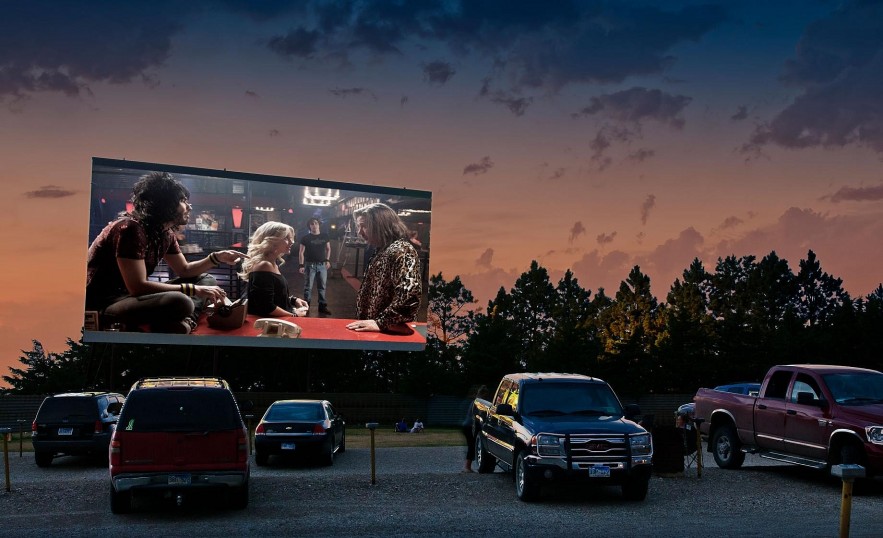 |
A trip to the drive-in was something many kids from the 1950s and 60s looked forward to. Drive-in theaters gained popularity in the middle of the 19th century, but they were first created in 1932 by a young New Jersey salesman. When Richard Milton Hollingshead, Jr. started playing about with the concept of building an outdoor movie theater, he was employed by his father's business. In 1932, Hollingshead conducted the first outdoor cinema screening, using merely a white sheet and a 1928 Kodak projector that was positioned on the hood of his family's automobile.
Following his invention of a method for raising automobiles in consecutive rows so that each one could see the movie screen, Hollingshead filed for and was granted a US patent in 1933. Later that year, he opened his own drive-in cinema, which included a screening of the 1932 movie Wives Beware. Hollingshead assessed a maximum price of $1 for each passenger and each car, or.25 each.
In the 1950s and 1960s, Hollingshead's concept gained popularity, and by 1958, the US had 4,063 drive-in theaters. In addition, a lot of theaters had other facilities like food trays that attached to the side of automobiles or attendants who could check on vehicles. The drive-in craze was starting to wane by the 1970s, though, as home movies and video proved to be formidable rivals. As a result, many theaters now screened mostly exploitation pictures that tried to cash in on popular culture. However, the theaters of the modern era have not benefited from this change. There were only about 330 drive-ins in the US as of 2018, and more are expected to close during the next ten years.
Drive-in theaters were the epitome of the American way of life for many years. There was something quite wonderful about viewing movies under the stars with someone you love. But drive-ins are becoming less and less common as movie theaters and streaming services become more and more popular.
3. Handwritten Letters
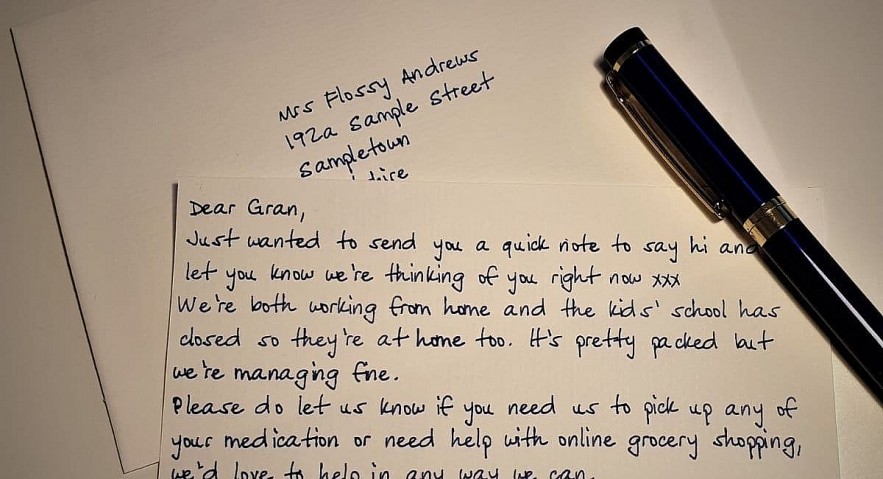 |
Handwritten letters were abandoned when technology took over. We are neglecting the straightforward yet effective method of communication: writing a letter. It saves not having to figure out how to stamp, address, and mail a letter. It stays away from its immediacy. Clicking "Send" is as easy as it gets.
Handwritten letters were customarily transmitted through the mail with care. Every word written felt unique, an indication of sincere care. These days, we prefer quick emails, messages, and emojis. They are practical, but not as personal as a handwritten note.
4. Homecoming Parades
Homecoming parades were once a colorful custom that infused the streets with school spirit each year. Local dignitaries enthusiastically represented the town as marching bands played, floats brimmed with creativity. It was a day that united everyone in a common joy by turning towns into a sea of.
Sadly, there seems to be less and less sparkle to these parades. A hole is being left in the town's heart by the disappearance of what was once a pillar of the community's identity.
5. Dinners with the family
 |
The custom of having regular family dinners, which was historically essential to American families, is now extinct. Family dinners are less common in today's environment due to hectic schedules and the increased number of parents who work full-time. Though tragic, this is the state of affairs. Instead of having a home-cooked meal, the majority of individuals would grab a bite to eat at fast food establishments.
6. Town Hall Meetings
Political discourse is fundamental to the American political system. One forum for citizen participation, engagement, and questioning of their government is town hall gatherings. Town hall meetings are a type of open forum where locals come to ask questions of elected leaders about various topics.
"Won't you be my neighbor?" was a question that the clergyman, puppeteer, producer, and writer Fred Rogers liked to pose. The answer is now a resounding no. The United States is growing increasingly alone. They spend more time looking at devices and less time interacting with their neighbors. Community meetings and talks on the front porch have been supplanted by social media.
7. Front Porch Conversations
This porch used to be alive with conversation and laughing. Perched on the railings, neighbors conversed about dreams, local news, and perhaps even global issues. But those appear to be fading memories. Evenings are now spent inside, glowing from screens. Those porch talks and their laid-back friendship have long since passed.
8. Local Farmer Markets
 |
Local farmers markets are changing along with agriculture. The emergence of corporate shops, along with certain local zoning laws and economic constraints, has made it more difficult for neighborhood farmers' markets to endure. We must make sure that our local farmer's markets can flourish in our increasingly sustainable society, as there are people who appreciate freshness, individualized knowledge, and the relationships that come with getting to know your farmer.
9. Community Volunteering
Lack of free time is one of the most common excuses given for not volunteering. Nearly half of Americans say this is the main cause. The frequently overly rigid schedules and commitments needed for volunteering are another frequent obstacle. To overcome these obstacles, volunteerism could become the new societal norm.
10. Respecting The Flag
A flag represents people in the most basic way possible through symbols and documentation. Cultural misunderstanding is the reason why people do not know how to care for the flag. There are a lot of controls that people with enough common sense have not been aware of, allowing them to lower a flag and realize that certain symbols do not fly at certain times.
In Summary
The majority of the customs focus on fostering human connections. The socially cohesive community activities that define American society are in danger of disappearing.
The prevalence of social media and internet services has led to a decline in in-person interactions and customs among friends, families, and neighbors. If the US want to keep its cultures alive among its local populations, now is the moment to protect them.
 Top 10 Weirdest New Year Traditions In The U.S Top 10 Weirdest New Year Traditions In The U.S Have you found the ways to celebrate New Year in the US? Take a look at the weirdest ways and celebrate those traditions. Happy New ... |
 10 Most Unusual Christmas Customs Worldwide 10 Most Unusual Christmas Customs Worldwide With Christmas being observed all over the world, it's a wonderful opportunity to learn about many different customs. It's astonishing how peculiar some Christmas customs ... |
 Top 15 Weirdest US Traditions That Confuse The World Top 15 Weirdest US Traditions That Confuse The World America's cultural fabric is rich and diverse, yet some traditions confuse the rest of the globe. Check out the Top 15 US Traditions That Confuse ... |






